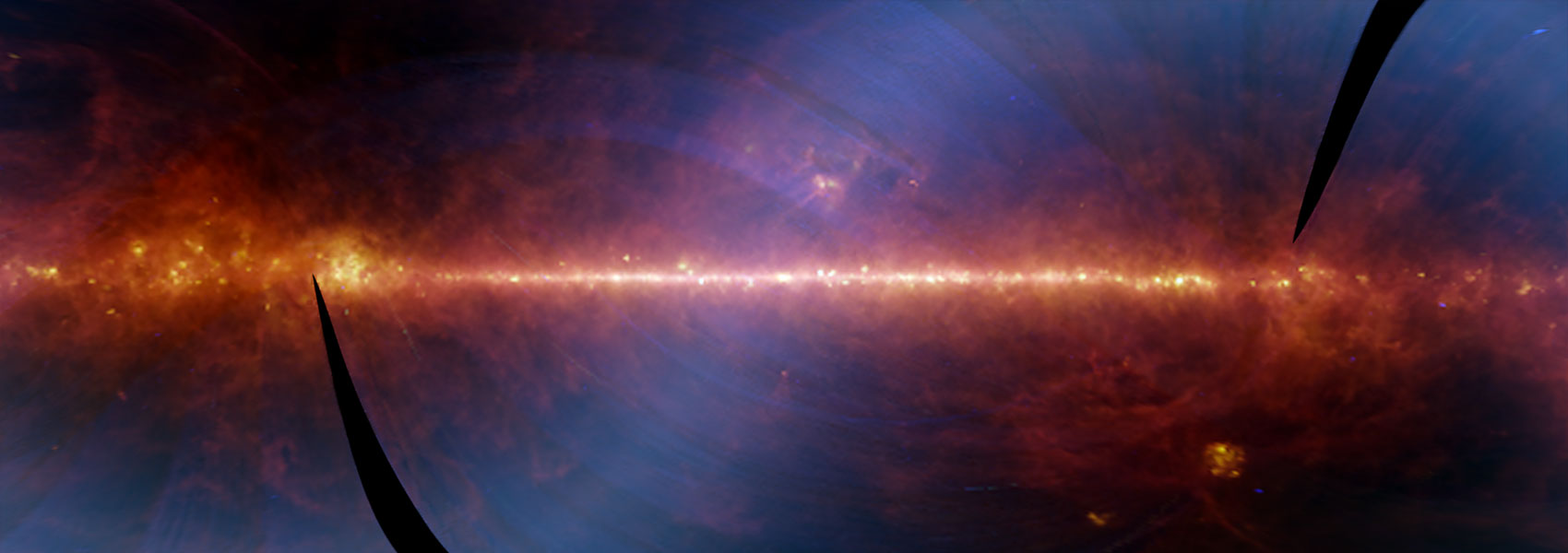August
2012
•
2012ApJ...755...91S
Authors
•
Shin, I. -G.
•
Han, C.
•
Choi, J. -Y.
•
Udalski, A.
•
Sumi, T.
•
Gould, A.
•
Bozza, V.
•
Dominik, M.
•
Fouqué, P.
•
Horne, K.
•
Szymański, M. K.
•
Kubiak, M.
•
Soszyński, I.
•
Pietrzyński, G.
•
Poleski, R.
•
Ulaczyk, K.
•
Pietrukowicz, P.
•
Kozłowski, S.
•
Skowron, J.
•
Wyrzykowski, Ł.
•
OGLE Collaboration
•
Abe, F.
•
Bennett, D. P.
•
Bond, I. A.
•
Botzler, C. S.
•
Chote, P.
•
Freeman, M.
•
Fukui, A.
•
Furusawa, K.
•
Itow, Y.
•
Kobara, S.
•
Ling, C. H.
•
Masuda, K.
•
Matsubara, Y.
•
Miyake, N.
•
Muraki, Y.
•
Ohmori, K.
•
Ohnishi, K.
•
Rattenbury, N. J.
•
Saito, To.
•
Sullivan, D. J.
•
Suzuki, D.
•
Suzuki, K.
•
Sweatman, W. L.
•
Takino, S.
•
Tristram, P. J.
•
Wada, K.
•
Yock, P. C. M.
•
MOA Collaboration
•
Bramich, D. M.
•
Snodgrass, C.
•
Steele, I. A.
•
Street, R. A.
•
Tsapras, Y.
•
RoboNet Collaboration
•
Alsubai, K. A.
•
Browne, P.
•
Burgdorf, M. J.
•
Calchi Novati, S.
•
Dodds, P.
•
Dreizler, S.
•
Fang, X. -S.
•
Grundahl, F.
•
Gu, C. -H.
•
Hardis, S.
•
Harpsøe, K.
•
Hinse, T. C.
•
Hornstrup, A.
•
Hundertmark, M.
•
Jessen-Hansen, J.
•
Jørgensen, U. G.
•
Kains, N.
•
Kerins, E.
•
Liebig, C.
•
Lund, M.
•
Lunkkvist, M.
•
Mancini, L.
•
Mathiasen, M.
•
Penny, M. T.
•
Rahvar, S.
•
Ricci, D.
•
Scarpetta, G.
•
Skottfelt, J.
•
Southworth, J.
•
Surdej, J.
•
Tregloan-Reed, J.
•
Wambsganss, J.
•
Wertz, O.
•
MiNDSTEp Consortium
•
Almeida, L. A.
•
Batista, V.
•
Christie, G.
•
DePoy, D. L.
•
Dong, Subo
•
Gaudi, B. S.
•
Henderson, C.
•
Jablonski, F.
•
Lee, C. -U.
•
McCormick, J.
•
McGregor, D.
•
Moorhouse, D.
•
Natusch, T.
•
Ngan, H.
•
Park, S. -Y.
•
Pogge, R. W.
•
Tan, T. -G.
•
Thornley, G.
•
Yee, J. C.
•
μFUN Collaboration
•
Albrow, M. D.
•
Bachelet, E.
•
Beaulieu, J. -P.
•
Brillant, S.
•
Cassan, A.
•
Cole, A. A.
•
Corrales, E.
•
Coutures, C.
•
Dieters, S.
•
Dominis Prester, D.
•
Donatowicz, J.
•
Greenhill, J.
•
Kubas, D.
•
Marquette, J. -B.
•
Menzies, J. W.
•
Sahu, K. C.
•
Zub, M.
•
PLANET Collaboration
Abstract
•
Despite the astrophysical importance of binary star systems, detections are limited to those located in small ranges of separations, distances, and masses and thus it is necessary to use a variety of observational techniques for a complete view of stellar multiplicity across a broad range of physical parameters. In this paper, we report the detections and measurements of two binaries discovered from observations of microlensing events MOA-2011-BLG-090 and OGLE-2011-BLG-0417. Determinations of the binary masses are possible by simultaneously measuring the Einstein radius and the lens parallax. The measured masses of the binary components are 0.43 M ⊙ and 0.39 M ⊙ for MOA-2011-BLG-090 and 0.57 M ⊙ and 0.17 M ⊙ for OGLE-2011-BLG-0417 and thus both lens components of MOA-2011-BLG-090 and one component of OGLE-2011-BLG-0417 are M dwarfs, demonstrating the usefulness of microlensing in detecting binaries composed of low-mass components. From modeling of the light curves considering full Keplerian motion of the lens, we also measure the orbital parameters of the binaries. The blended light of OGLE-2011-BLG-0417 comes very likely from the lens itself, making it possible to check the microlensing orbital solution by follow-up radial-velocity observation. For both events, the caustic-crossing parts of the light curves, which are critical for determining the physical lens parameters, were resolved by high-cadence survey observations and thus it is expected that the number of microlensing binaries with measured physical parameters will increase in the future.
Links





